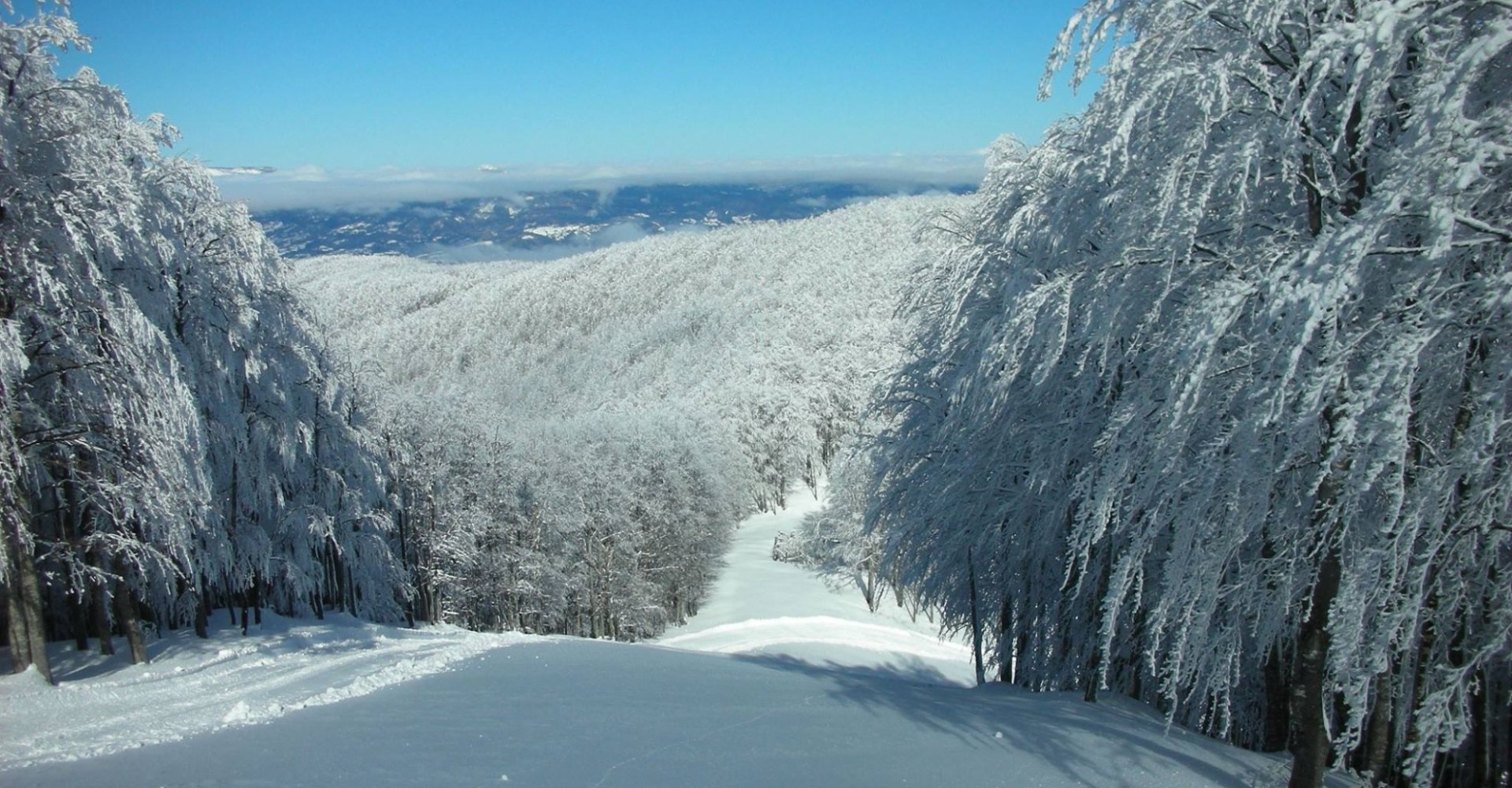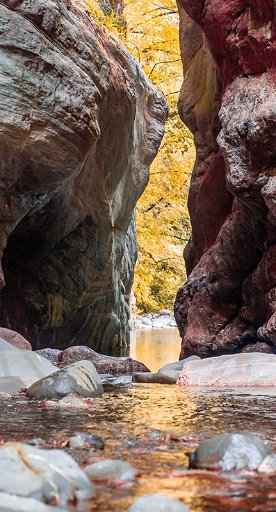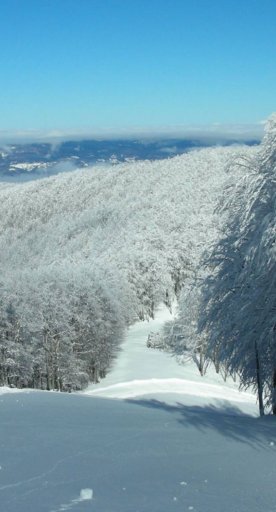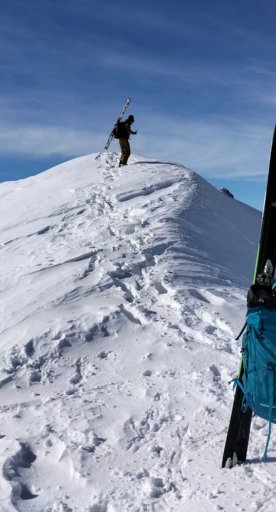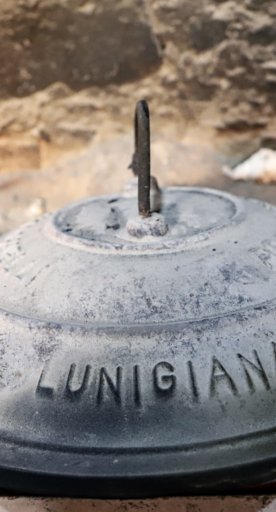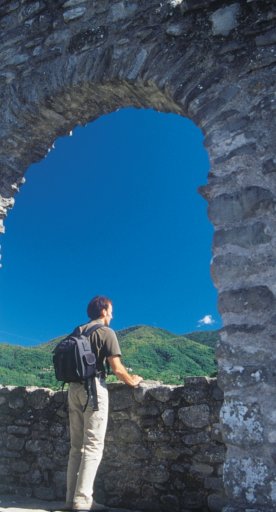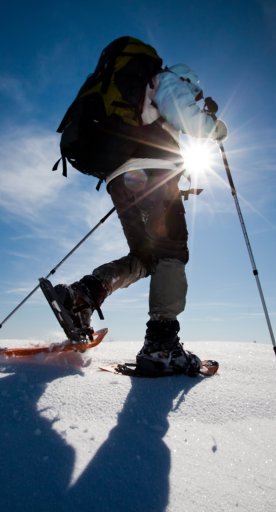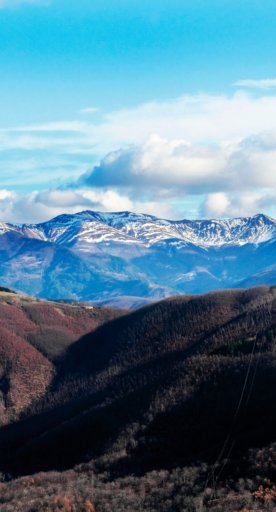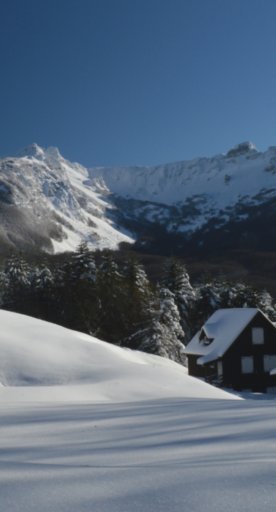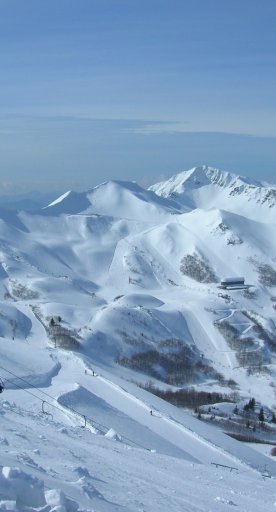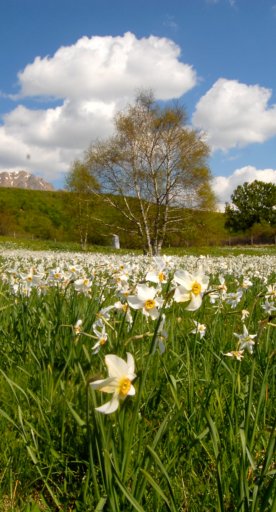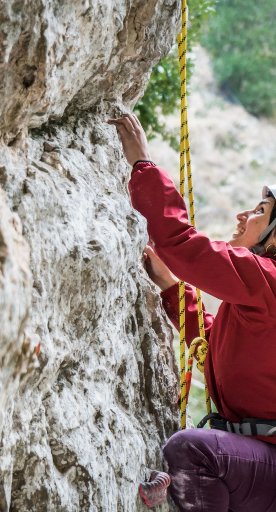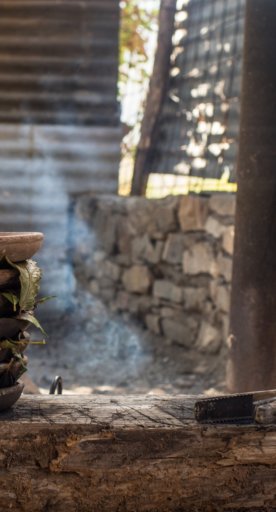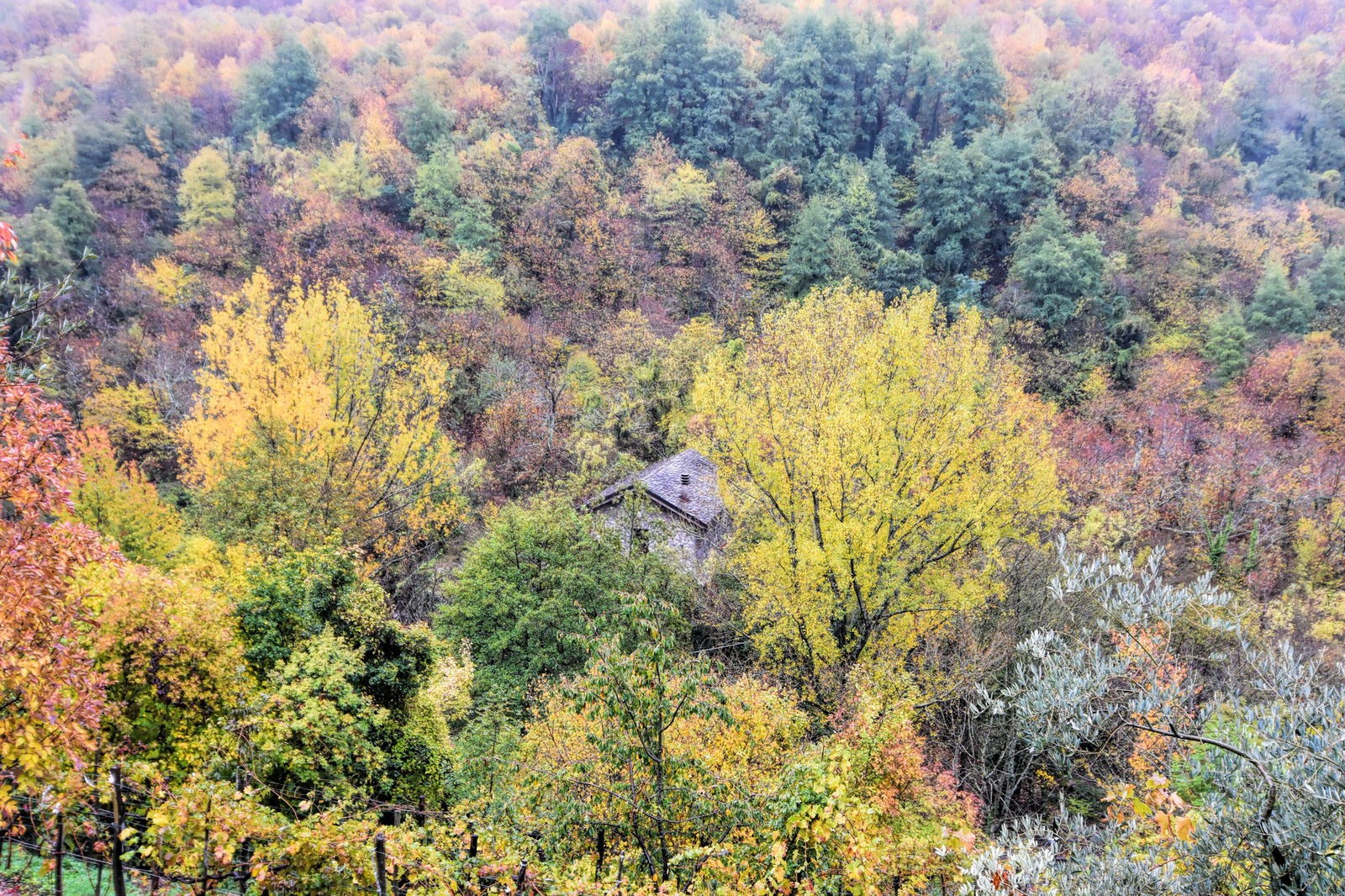Zeri
A place to be discovered in the upper Lunigiana, on the border between Tuscany, Liguria and Emilia Romagna
Despite its vast scale, the area of Zeri is marked by a strong identity, a perfect destination for lovers of the peace and quiet of the mountains. Here, the pace of normal life fades into the lush, green countryside, where prized cattle and oxen graze peacefully on the hilly terrain. On the border of Tuscany, Liguria and Emilia, Zeri waits to be explored, its small hamlets blanketing the valleys of the upper Lunigiana. It’s sure to offer a perfect mix of relaxation, history, local cuisine and sport, not to mention a splash of mystery.
What to see in Zeri
The best attraction of the area is certainly the alpine town of Formentara, a centuries-old settlement over 1100 m above sea level that dates to the beginning of the 16th century. The tiny town is made up of about twenty houses, built in stone with piagne roofs, or large flat stones. Today, the town is deserted, although it continues to attract archeological digs and research: a charminh gem that immerses visitors in a veil of mystery with echoes of (almost) lost traditions floating in the air.
In the realm of natural wonders, the area boasts the Colombara waterfall, close to the town road for Bosco where in the summer you can enjoy stunning plays of light and shadow. Don’t miss Rumori Bridge, which hovers over a plunging canal tied to dark, local legends. According to local tales, a possessed body was thrown into these waters and continued screaming even after his death. Some still claim to hear screams and the sound of clanking chains emerging from the water.
Supernatural enthusiasts will also enjoy the small village of Montelama, also known as the village of wizards. This small town is famous for having birthed several residents with supernatural abilities, such as transforming humans into animals. Who knows what really gave way to all of these legends, though you can’t deny the hint of magic in the air.
The best attraction of the area is certainly the alpine town of Formentara, a centuries-old settlement over 1100 m above sea level that dates to the beginning of the 16th century. The tiny town is made up of about twenty houses, built in stone with piagne roofs, or large flat stones. Today, the town is deserted, although it continues to attract archeological digs and research: a charminh gem that immerses visitors in a veil of mystery with echoes of (almost) lost traditions floating in the air.
In the realm of natural wonders, the area boasts the Colombara waterfall, close to the town road for Bosco where in the summer you can enjoy stunning plays of light and shadow. Don’t miss Rumori Bridge, which hovers over a plunging canal tied to dark, local legends. According to local tales, a possessed body was thrown into these waters and continued screaming even after his death. Some still claim to hear screams and the sound of clanking chains emerging from the water.
Supernatural enthusiasts will also enjoy the small village of Montelama, also known as the village of wizards. This small town is famous for having birthed several residents with supernatural abilities, such as transforming humans into animals. Who knows what really gave way to all of these legends, though you can’t deny the hint of magic in the air.
The Zum Zeri ski area
Ski slopes, school camps and snow parks: this is what the Zum Zeri ski area in the Lunigiana mountains offers. Those who love to ski will find 3 ski lifts and 6 slopes, totalling 12 km in length.
The highlight of Zum Zeri is the incredible panorama. From the ski slopes, it's possible to see the Gulf of La Spezia, the Cinque Terre Islands and nearby Corsica.
Ski slopes, school camps and snow parks: this is what the Zum Zeri ski area in the Lunigiana mountains offers. Those who love to ski will find 3 ski lifts and 6 slopes, totalling 12 km in length.
The highlight of Zum Zeri is the incredible panorama. From the ski slopes, it's possible to see the Gulf of La Spezia, the Cinque Terre Islands and nearby Corsica.
Nearby
Lunigiana, between Liguria and Tuscany, is a territory steeped in history and a pinch of mystery, as evidenced by the famous stele statues, enigmatic human-shaped monoliths that probably symbolized the Mother Goddess.
In Pontremoli, in the Piagnaro Castle, you can find the Museum of Stele Statues that houses these ancient sculptures, produced over a period of time ranging from the Copper Age to the Romanization era.
If you are an avid reader, you'll enjoy a visit to Montereggio in the municipality of Mulazzo, a real town of booksellers. Initially, the Montereggio booksellers were exclusively street vendors and sold in stalls (precisely due to this custom, the well-known Bancarella Award was established). Today, however, the area is turning into a place completely dedicated to books and publishing.
Lunigiana, between Liguria and Tuscany, is a territory steeped in history and a pinch of mystery, as evidenced by the famous stele statues, enigmatic human-shaped monoliths that probably symbolized the Mother Goddess.
In Pontremoli, in the Piagnaro Castle, you can find the Museum of Stele Statues that houses these ancient sculptures, produced over a period of time ranging from the Copper Age to the Romanization era.
If you are an avid reader, you'll enjoy a visit to Montereggio in the municipality of Mulazzo, a real town of booksellers. Initially, the Montereggio booksellers were exclusively street vendors and sold in stalls (precisely due to this custom, the well-known Bancarella Award was established). Today, however, the area is turning into a place completely dedicated to books and publishing.
Events
In the month of April the Sagra del Testo takes place, dedicated to the testo, the unique cast iron container that's placed under the embers to cook dishes. The festival features all the products cooked with this ancient method as protagonists in an atmosphere of joy, party and folklore. Throughout the year and especially in autumn, many events are organized to taste the typical specialties, such as those made with chestnut flour or mushrooms.
In the month of April the Sagra del Testo takes place, dedicated to the testo, the unique cast iron container that's placed under the embers to cook dishes. The festival features all the products cooked with this ancient method as protagonists in an atmosphere of joy, party and folklore. Throughout the year and especially in autumn, many events are organized to taste the typical specialties, such as those made with chestnut flour or mushrooms.
Typical dishes and products
Zeri lamb is one of the protagonists of local cuisine and also a Slow Food presidium. The meat can be eaten fried, stewed or baked but the traditional recipe involves the use of testi.
The mushrooms and chestnuts of these valleys are famous while the beans and potatoes of Zeri are unique, made with traditional production techniques.
Finally, we have to mention the very tasty apples from Zeri which are also called “bull's eye” due to their modest size.
Zeri lamb is one of the protagonists of local cuisine and also a Slow Food presidium. The meat can be eaten fried, stewed or baked but the traditional recipe involves the use of testi.
The mushrooms and chestnuts of these valleys are famous while the beans and potatoes of Zeri are unique, made with traditional production techniques.
Finally, we have to mention the very tasty apples from Zeri which are also called “bull's eye” due to their modest size.
